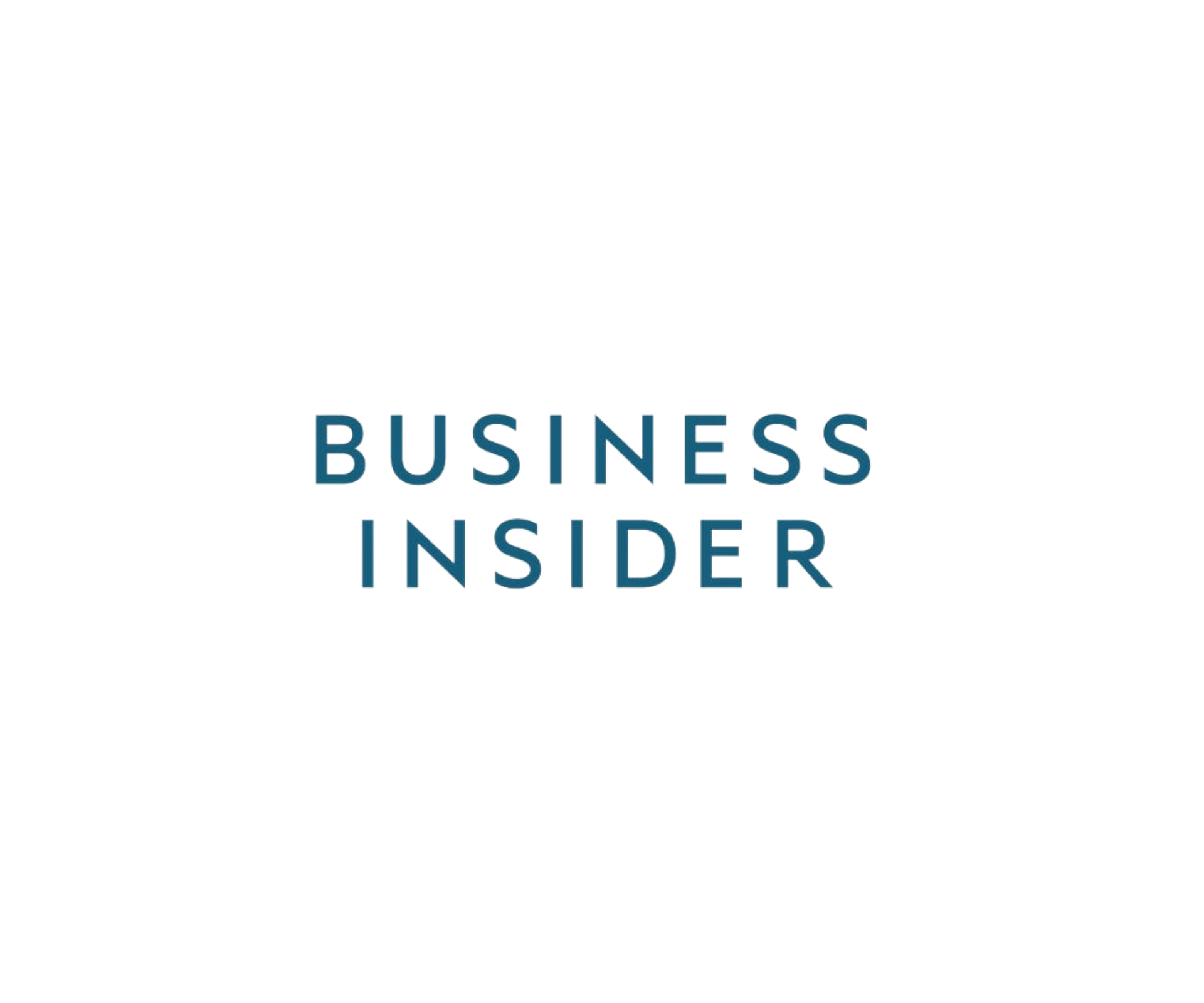President Trump signed the MASSIVE 5,593 page bill Sunday night. As it rolls out, I wanted to provide a summary of the bill in an understandable format so you know what will benefit you, while helping you to prepare and take advantage!
I’ve broken this down into the following sections so you can quickly scroll to what interests you:
2nd round of Stimulus Checks: Find out if you’re getting one
Unemployment Increase
For Business Owners/Self-Employed
PPP Updates
2nd Round of PPP
EIDL Grant Updates
Meals Tax Deduction Increase!
Employee Retention Credit gets a boost
The Misc. in the Bill, but Important (FSAs & Charitable Tax Deduction Changes)
What’s not Included
2nd Round of Stimulus Checks: FIND OUT IF YOU’RE GETTING ONE
More stimulus checks are coming! Know how much to expect.
** An additional $600 will be given for each qualifying child under the age of 17
* *Head of Household starts phasing out at $112,500
How is my check calculated?
It’s based on your adjusted gross income (AGI) taken from your 2019 tax return. This is line 8b of your 2019 tax return. Your check is then reduced by $5 for every $100 of AGI exceeding the above threshold(s) listed.
Example - Sally and Bob file married filing joint with two children under the age of 17 and have AGI of $145,000 would receive $2,400 (4 x $600) because they are completely under the $150,000 income threshold for a couple.
Example 2 - Let’s say the same above except Sally and Bob’s AGI was $180,000. That is $30,000 over the threshold so $30,000 divided by $100 = 300 x $5 = $1,500 reduction in their check. They would receive a $900 stimulus check instead.
Here is a great calculator that will help estimate what you will receive:
What if you don’t qualify in 2019, but due to COVID-related circumstances, will in 2020?
It will be re-calculated based on your actual 2020 tax return. So, if you don’t qualify with your 2019 tax return, but you do with your 2020 tax return either because you were laid off or your income was reduced, you will receive a tax credit when you file.
This money will not be taxable
The IRS qualifies you based on your 2019 tax return. If you qualify with your 2019 tax return, receive the check, then file 2020 and don't qualify, don't worry - there are no clawbacks (i.e. the IRS will not ask you to pay it back).
When is the money coming?
Now!
How will you receive the money?
It will be directly deposited to the bank account on your 2019 tax return, or it will be sent to your last known address on file if no bank account number is on your return.
Resources: IRS News Release on Stimulus Payments
Unemployment Increase
Pandemic unemployment was extended by another 11 weeks with $300/week added to your State benefit! This includes self-employed, “gig economy” workers and 1099 contractors who can now continue to claim unemployment benefits.
When?
Hopefully as soon as next week!
BUSINESS OWNER/SELF EMPLOYED SECTION
PPP UPDATES
There were changes to the PPP program overall and an additional round of PPP has been added. All hugely beneficial to the small businesses struggling right now. I am going to call this new round of PPP “PPP2” and the former round “PPP1” for ease. Here we go with all the changes!
PPP1 will be reopened for businesses who didn’t initially take PPP. $35 Billion was allocated, to be exact. If you want to take it this time I recommend looking out for information from your bank (where your business bank account is located) and applying as soon as applications open up. This money will most likely go quickly again!
OVERALL CHANGES TO THE PPP PROGRAM:
Businesses CAN deduct expenses paid with PPP funds. This overrides IRS’s guidance issued in November. PPP will now not have any impact to your taxable income - i.e. create any additional tax liability for you - BIG WIN for small businesses! PPP is completely tax -free now as originally intended.
Expanded list of Allowable Expenses during the covered period if you don’t have enough payroll expenses. You are still only allowed to use 40% of your PPP loan for non-payroll, with the remaining 60% has to be used on payroll, but the expenses allowed now include many other things like business and accounting software, some inventory, human resources, protective equipment, etc.
Simplified Forgiveness Application for PPP loans under $150,000 - Now 1 PAGE and no supporting documentation required! This bill directs the SBA (Small Business Administration) to design the new 1-page form for PPP loan forgiveness within a 24-day period from December 27, 2020. The new rules apply to pre-existing loans (even if forgiven) and new loans. The 1-page forgiveness application requires the following:
Description of and # of employees able to retain as a result of the loan
Estimated amount spent on payroll costs
Total loan amount
Attestation by applicant to accuracy and compliance
The lender may not require additional documentation. In fact, the Act actually bars lenders from requesting substantiating documents!
EIDL advances will not reduce PPP loan forgiveness. These are the EIDL grants many small businesses received with the initial round.
Additional Insurance Benefits Count As Payroll – Expenses related to group life insurance, group disability, vision, and/or group dental insurance all count towards payroll expenses.
PPP2
In this stimulus bill 2.0 another round of PPP was added, but there are a few requirements.
First, do you qualify? You do if you...
Have already received PPP1
Are a business with 300 or fewer employees (exception for Accommodation and Food services NAICS code that begins with “72”)
Biggest deal: Have at least experienced a 25% drop in revenue during ANY 2020 Quarter compared to 2019s same quarter. Example your revenue was as follows: 2019 Q2: $100,000 2020 Q2: 74,000 you would qualify as you experienced a 26% drop in revenue
How much?
Calculation remains the same at 2.5X average monthly payroll and loan max is $2M. {exception for Accommodation and Food services NAICS code that begins with “72” - 3.5X average monthly payroll}
Townsend Tip: Compare your 2020 quarters revenue to 2019 now to see if you qualify. If you haven’t done your books for the year yet get them cleaned up asap. :)
EIDL Grant Reopening & Tax Update
Grant reopening - how much?
The EIDL grant is reopening for the full $10,000 grant. The SBA is supposed to put information out in January about this so we will know more as guidance comes out.
Do you qualify? You do if you...
Reside in a low-income community (will need guidance from the SBA on this)
Experienced an economic loss of greater than 30%
Defined as "the amount by which the gross receipts of the covered entity declined during an 8-week period between March 2, 2020, and December 17, 2021, relative to a comparable 8-week period immediately preceding March 2, 2020, or during 2019.”
Employ not more than 300 employees
What if I originally received less than $10,000?
If you only received a $1,000 grant in the initial period, but qualify based on the above, then you could get an additional $9,000!
Tax Update
The bill also states the EIDL grant is not to be included in taxable income i.e. tax-free money!
How can you apply?
Through the SBA here
MEALS TAX DEDUCTION INCREASE!
For 2021 & 2022 100% of business meals are fully deductible if provided by a restaurant (was only 50%). This is a big deal! It appears in-restaurant dining and takeout would count but stay tuned for guidance from the IRS in early 2021 about what is included for restaurants, i.e. Room service? Catering by a restaurant? Bar where no substantial food is provided?
Townsend Tip: For now, note restaurant dining, take out, room service etc. on your meals receipts
EMPLOYEE RETENTION CREDIT {ERC} BIG UPDATES
This credit was originally *not* available to businesses who took PPP, but now that has changed... Employers who did take PPP funds can now retroactively take advantage of the ERC, but not on the same wages paid with PPP forgivable funds. Makes sense - no double-dipping.
It’s a pretty substantial credit, but first, let's see if you qualify:
For 2020 - need to have a 50% decline in revenue compared to the same quarter in 2019 and have under 100 employees
For 2021 - only need to have a 20% decline in revenue from the same quarter in 2019 or businesses can opt-in for an “Alternative Quarter Election” allowing them to compare revenues to the immediately preceding calendar quarter. Also, you would need to have 500 or less employees.
Great summary of the above from TaxSpeaker:
If you qualify...then read on!
2020 ERC Reminders
Credit is 50% of wages paid to each employee up to $10,000 max wages. Thus the max credit you can take for 2020 is $5,000 per employee (50% x $10,000 in wages).
2020 credit will be claimed on 4th quarter 941 (obviously the IRS needs time to update the form and payroll services need to amp up to handle this)
Info can be found here.
2021 ERC Changes (does not apply to 2020 ERC)
Extended eligibility to the first half of 2021, through June 30th, 2021
Credit is now eligible up to $10,000 of wages per employee per quarter
Maximum credit increased to 70% of wages paid to each employee, up to max of $10k per quarter (up from 50%). This could be as high as $7,000 per quarter per employee!!!
This is not available to self-employed individuals (you file Sch C for example) or owner wages (S-Corp owner wages), but is on any wages you paid to employees.
Townsend Tip: If you qualify for a quarter that you did not use PPP funds to pay for wages - take the credit!
Q: Should I take PPP2 or ERC in 2021?
I’m recommending clients take PPP2 first if they qualify since we won’t know if they will qualify for the 2021 ERC well into 2021 when PPP2 funds may be gone.
______________________________________________________________________
The Misc. in the Bill, but Important
Healthcare-Related Changes
Unused Dependent & Healthcare FSAs can be rolled over from 2020 --> 2021 and then again 2021 --> 2022. Your employer must adopt this, but this is huge because many families during 2020 couldn’t use their dependent FSA funds because day-cares were closed! Now they won’t lose it! Really happy about this, just wish they did this sooner!
If you itemize on your tax return, in order to deduct medical expenses your out-of-pocket expenses must be above 7.5% of your AGI. They have made this “permanent” for now
Charitable Deductions
$300 above the line deduction for those that don’t itemize extended through 2021 and now in 2021 $600 for joint filers
Townsend Tip: Even if you don’t itemize and don’t normally get a deduction for charitable contributions on your tax return, this year save your receipts - you will!
2021 extension of 100% AGI can be donated to charity (normally it is 60%)
What’s not included?
No Further Student Loan Relief however on 1/20/21 Biden issued an executive order extending student loan relief through September 2021
I hope you found this recap helpful and that this serves as a resource of information during this time. If you need to set up a time to go over your own unique situation, I would love to help you navigate an action plan. Let’s set up a time to do so!











